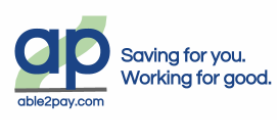This article is about managing how you spend your investments. The key concept is your payout strategy: how much to withdraw or spend, given your objectives to live long, live within your means, and, perhaps, leave some for others. While most relevant to those in or near retirement, the article also has good ideas for working people who draw income from their savings.
This page has been moved to: https://LikelySo.com/spend-it-well
This page has been moved to: https://LikelySo.com/spend-it-well
